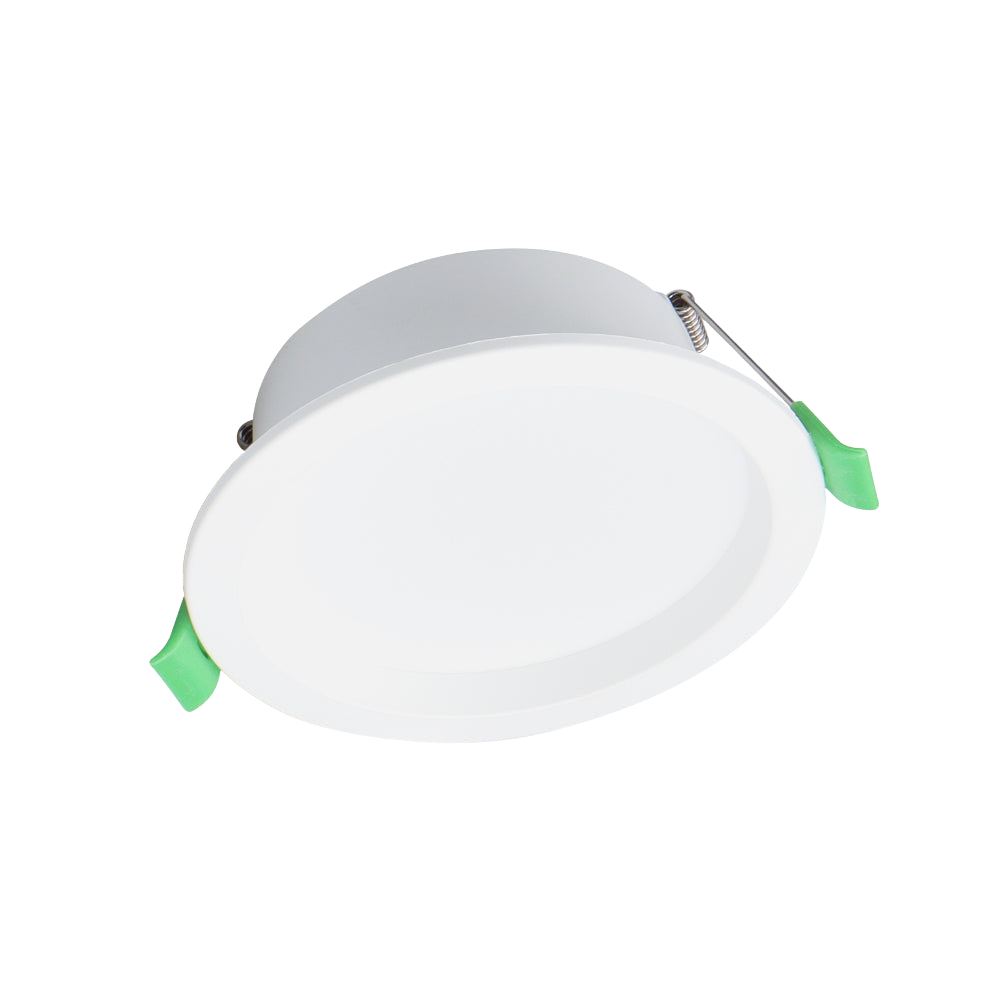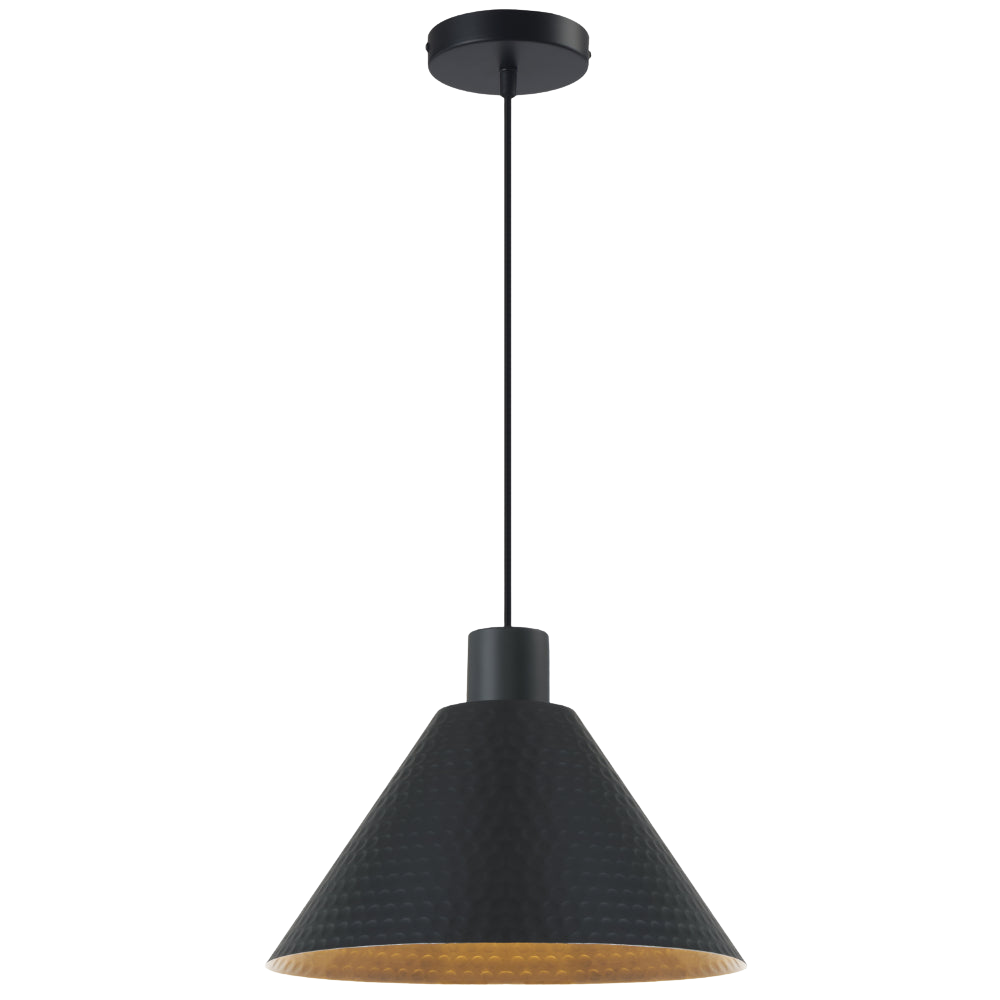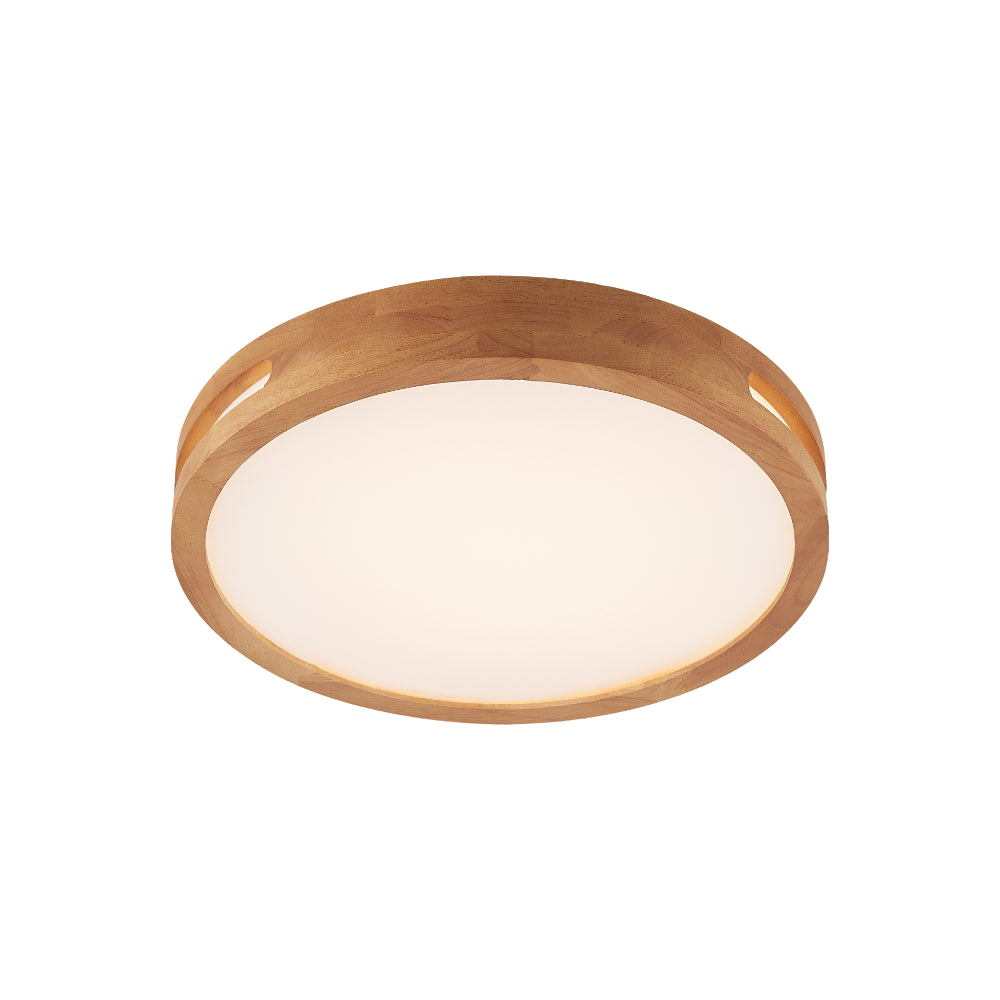How Do You Prevent Water Spots on Your Stainless Steel Sink?
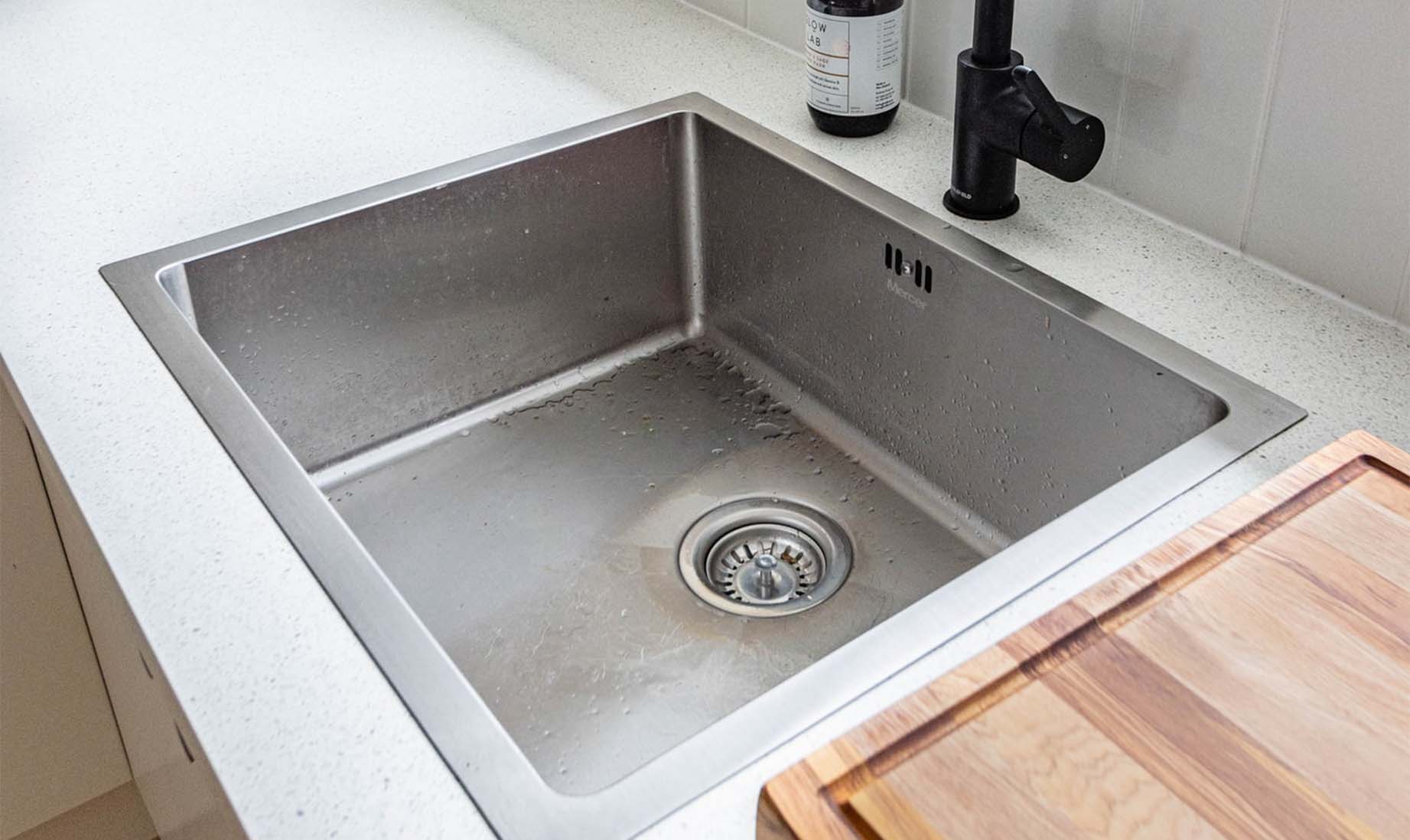
Stainless steel sinks are great for many kitchens. Its design is visually appealing and it has high-tensile strength making it a long-lasting sink that can last a lifetime with proper care and maintenance. However, one problem many people encounter with these sinks is residual water spot marks.
These water spots can make your sink and other stainless steel appliances grimy and ugly to look at. You need to remove these water spots to make your sink shine again. To help you with this issue, we would like to share some tips for the homeowners on how to prevent and remove the water spots on your kitchen sink.
What are the water spots on your stainless steel sink?
Water spots are caused by hard mineral-rich water that is left on your stainless steel sink and then evaporates leaving behind a dirty residue on the surface. These hard water deposits are mostly magnesium and calcium that leave white-colored spots on the stainless steel when water evaporates. These are also referred to as hard water stains.
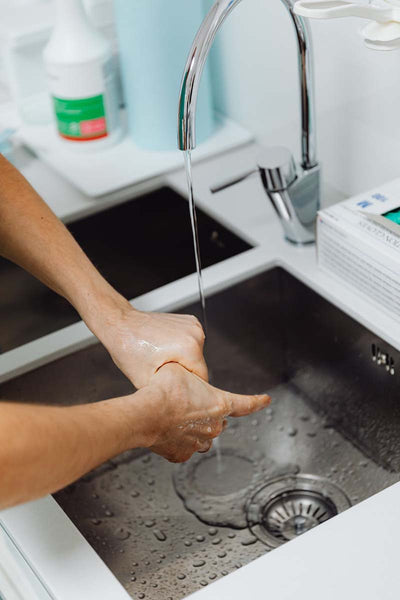
Image Source: G. Karolina
So, why do some stainless steel sinks mark more easily from water than others? The water that runs in your sink surface is mostly through a tap or faucet. Hence, it is not filtered or distilled and contains hard mineral-rich water or mineral deposits. This is why your sink gets more water spots.
Besides, if your stainless steel finish does not have a strong protective layer, the hard water stains will become visible and leave hard water spots. To remedy this, opt for a stainless steel sink with added chromium, as this element results in the stainless steel becoming more corrosion and rust-resistant. Most stainless steel sinks with more chromium are grade 304 which is the grade of steel used widely for common sinks and commercial kitchens, or grade 316 for marine-grade stainless steel, typically used in settings that use high-acidic content such as hospitals. These types of grades of stainless steel have higher resistance to chemicals too.
How to prevent water spots on your stainless steel sink?
Water spots can appear recurrently. However, they can be prevented. Here are some ways how you can prevent water spots on your stainless steel sink including cleaning tips.
Clean regularly
Always clean your stainless steel sink to prevent these hard water stains from shaping. Use non-abrasive cleaners such as vinegar or other commercial sink cleaners.
Wipe and dry
The hard water stains appear when there is water left on your stainless sink. Wipe your sink with a clean soft cloth every time you use it and be sure that you leave it dry. Do not leave your sink wet with splashes of water.
Provide a stainless steel protector
A stainless steel sink protector is also known as a sink grid or sink rack. It is placed at the bottom of the kitchen stainless steel sink and protects it from damage. Also, it can ward off water spots from forming on your stainless steel sink. You can purchase a stainless steel sink protector here.
How to remove water spots on your stainless steel sink?
Water spots may persist and are stubborn to show on your stainless steel sink, you must get rid of them to make your sink sparkle well. The following are the two methods that can help remove the water spots on your stainless steel.
Using Olive Oil
Prepare the things you need for this method. These include a soft paper towel, microfiber clean cloth, and olive oil. You may follow the steps below:
- First, ensure your stainless steel sink is dry by wiping off excess liquids/grime with a clean microfiber cloth.
- Get a paper towel and fold it in half.
- Put a small amount of olive oil onto the paper towel. Let it soak for a minute.
- Apply it on your stainless steel sink following the grain direction of the sink so that it will blend with the surface of the sink.
- Continue wiping your sink with olive oil, and repeat the process until you see the water spots banish.
- Finish by wiping the olive oil with a clean microfiber cloth.
Using Baking Soda and White Distilled Vinegar
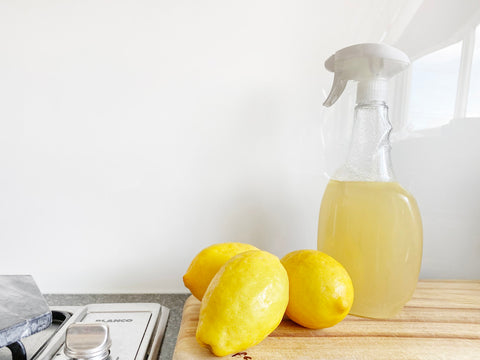
Image Source: Precious Plastic Melbourne
The materials you need for this method are white distilled vinegar or lemon juice, a soft clean cloth or sponge, and baking soda.
These household products are effective because they are abrasive enough to remove stubborn stains on stainless steel but won't damage and scratch the surface of the sink. Try this method and you’ll see how effective they are. It goes like this:
- Clean the stainless steel sink, including the outer sides of the sink and the handles.
- Fill a decent amount of white distilled vinegar into the spray bottle. Then, spray the vinegar on the sink. Let it sit for five minutes.
- Then, grab your baking soda and sprinkle some of it all around the sink. There will be fizzing as the baking soda interacts with the white distilled vinegar.
- Leave them for a few minutes.
- Get a clean cloth or soft sponge and remove the water spots. Wipe it all over your sink, including the handles.
- If there are still water spots, you may repeat the process until all these hard water stains are gone.
Apply this method two or three times if it doesn't work on your first application until you see those stubborn water spots disappear.
Use these Tips to Prevent Water Spot Buildup
Besides scratches, one other common problem of stainless steel sinks is water spot stains. Water spots are the harsh mineral-rich waters that are left dry on your stainless steel sink.
These water spots may appear from time to time if you do not exercise preventive measures. If you end up having these spots on your stainless sink, you can try the two methods mentioned above in this article and you will see that your stainless steel sink will stand out again in your kitchen.
When choosing a stainless steel sink, try to get one with a thick protective layer that has a good amount of chromium, as they are more corrosion resistant and chemical resistant.
Always clean your stainless steel sink to prevent these hard water stains from shaping. Use non-abrasive cleaners such as vinegar or other commercial sink cleaners.
FAQ
Why do watermarks or water spot buildup occur on my stainless steel sink?
Hard water stains appear on the sink because of the residual of mineral deposits from mineral-rich water.
Does white vinegar remove water spots?
Using household products including white vinegar, lemon juice, baking soda, and olive oil can help remove water spot buildup. Try the two methods above.
What’s the best way to prevent water spot buildup?
Have a regular cleaning routine for your sink, making sure to wipe it dry after use. Consider using stainless steel-safe cleaning agents to add a protective surface layer.























































































































































































































































